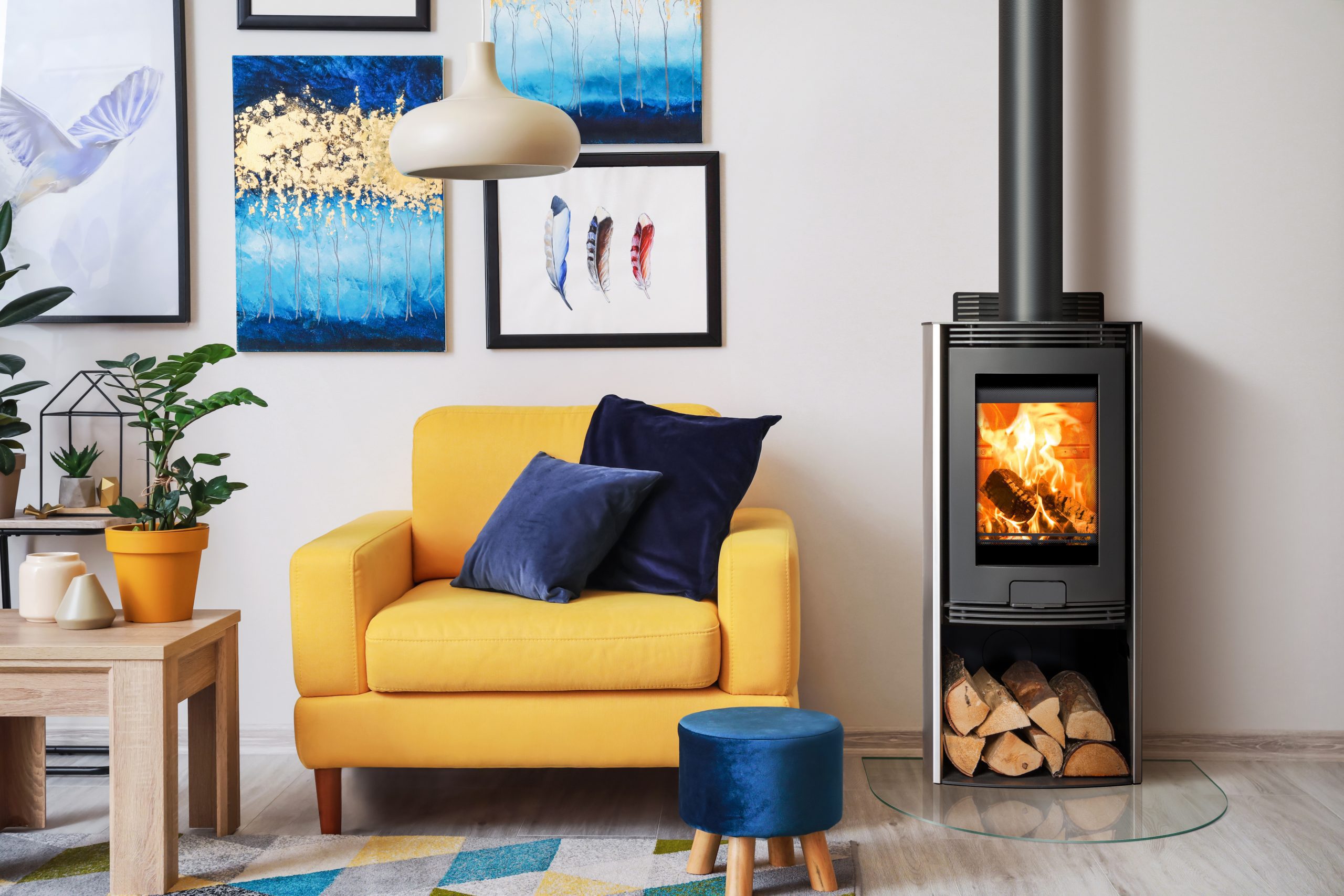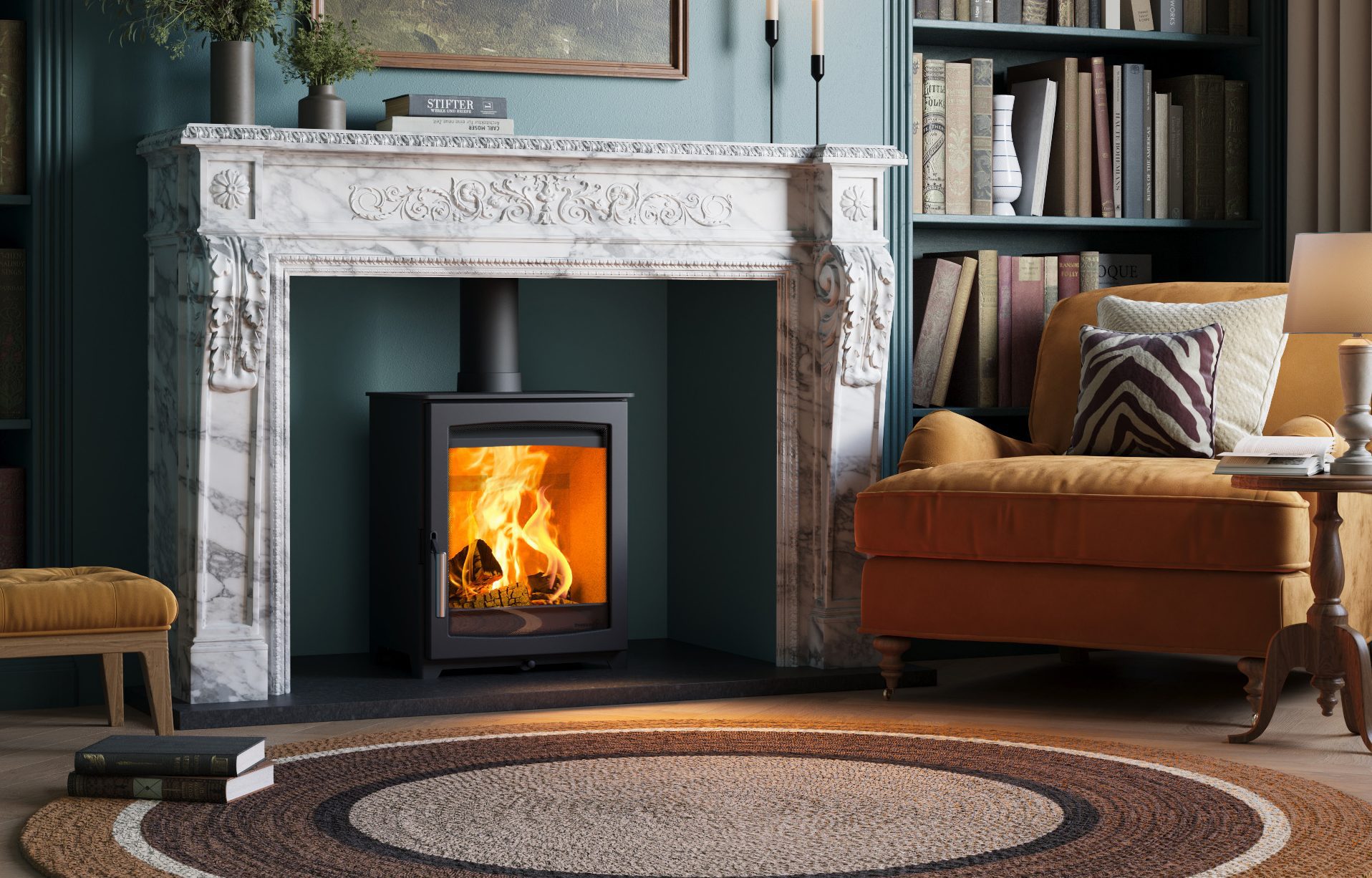A Comprehensive Guide to Regulations and Requirements for Installing a Log Burner in the UK

Introduction
As a leading manufacturer of high-quality, efficient, and environmentally friendly log burners, we at Hunter Stoves Group understand the importance of adhering to UK regulations and requirements when installing a log burner in your home. This article aims to provide you with an in-depth understanding of the rules and guidelines that you must follow to ensure a safe, efficient, and legally compliant log burner installation.
Building Regulations
In the UK, installing a log burner is subject to the Building Regulations, specifically Approved Document J (Combustion Appliances and Fuel Storage Systems). The regulations cover various aspects of installation, including the size of the hearth, the positioning of the stove, the flue system, and proper ventilation. It is crucial to consult a professional installer or building control officer to ensure compliance with these regulations.
HETAS Certification
HETAS is the official body that approves biomass and solid fuel heating appliances, fuels, and services in the UK. Hiring a HETAS-registered installer ensures that your log burner is installed correctly, safely, and in compliance with the Building Regulations. A HETAS certificate will also be issued upon completion of the installation, confirming that your log burner meets the necessary standards. Find one of our Hunter Stoves Group dealers to discuss installation here.
Planning Permission and Listed Buildings
In most cases, installing a log burner does not require planning permission. However, if you live in a listed building, a conservation area, or a designated Area of Outstanding Natural Beauty, you may need to obtain planning permission or Listed Building Consent. Consult your local planning authority for guidance.
Smoke Control Areas and DEFRA-Approved Stoves
Many urban areas in the UK are designated as Smoke Control Areas, where the emissions from log burners are regulated to improve air quality. In these areas, you must install a DEFRA-approved log burner or only burn authorized smokeless fuels. DEFRA-approved stoves have been tested and certified to ensure that they emit minimal smoke and pollutants. View our range of DEFRA approved wood burning stoves here.
Flue and Chimney Requirements
Adequate flue and chimney systems are essential for the safe and efficient operation of your log burner. The Building Regulations specify that the flue must be at least 600mm above the highest part of the roof and that the chimney height must meet specific requirements based on the type of roof and its location. A professional installer can help you determine the best flue and chimney system for your log burner.
Carbon Monoxide Alarms
Installing a carbon monoxide alarm is a legal requirement when fitting a log burner in the UK. The alarm should be positioned in the same room as the log burner and must comply with British Standard EN 50291.
Conclusion
Installing a log burner in your home can provide efficient and eco-friendly heating while creating a cosy atmosphere. By adhering to the regulations and requirements outlined in this article, you can ensure a safe and compliant installation. We at Hunter Stoves Group are dedicated to providing top-quality, DEFRA-approved stoves and professional advice to help you make the best choice for your home.

